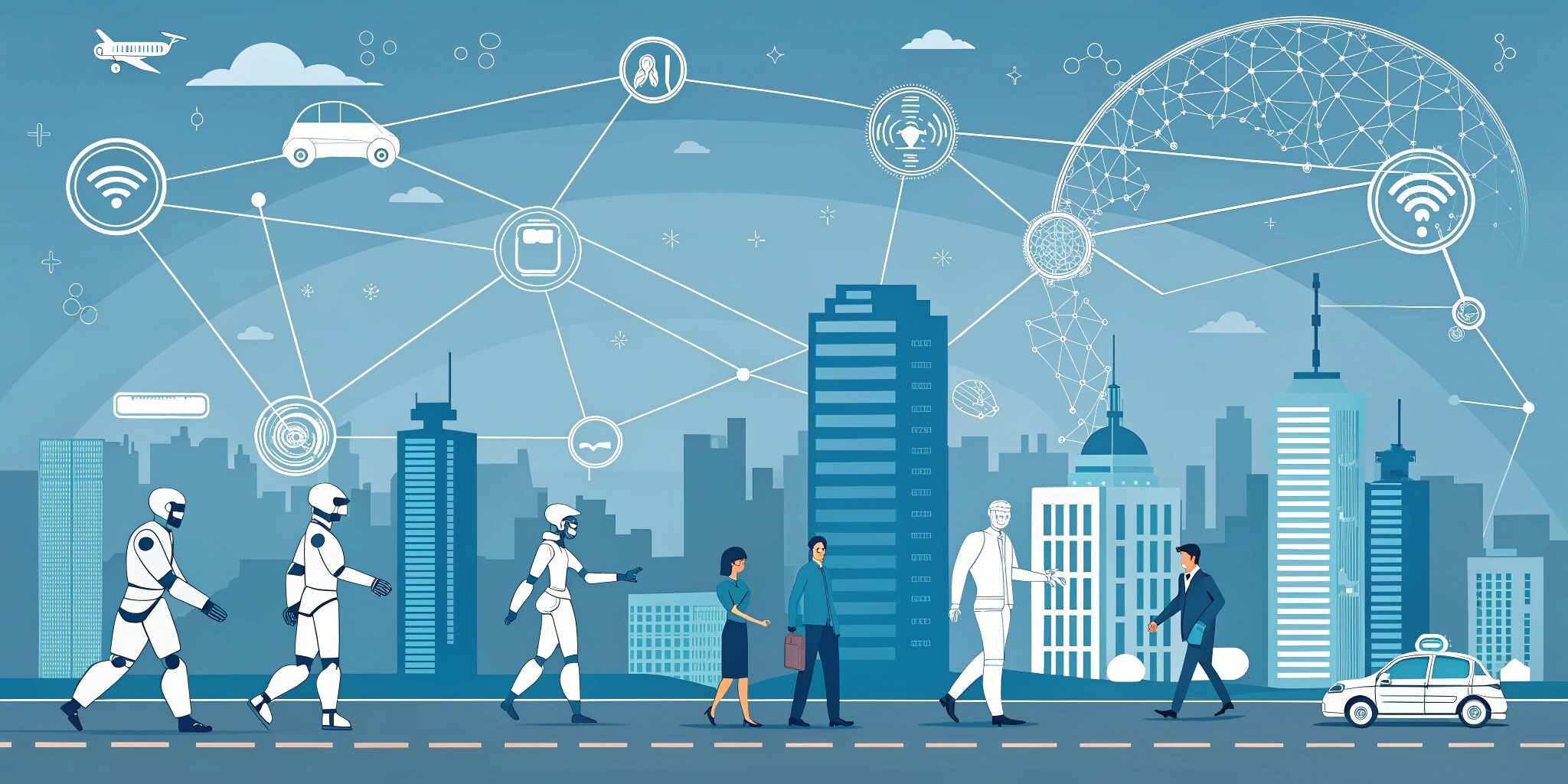As artificial intelligence becomes central to digital transformation, the demand for faster and more accessible machine learning solutions grows. Enter AutoML (Automated Machine Learning)—no-code platforms that empower non-experts to build and deploy ML models. But can IT teams rely on these tools in production environments?
What is AutoML?
AutoML refers to tools that automate the end-to-end process of applying machine learning to real-world problems. These platforms handle:
- Data preprocessing
- Feature engineering
- Model selection and tuning
- Evaluation
- Deployment
Popular AutoML platforms include Google Cloud AutoML, H2O.ai, Amazon SageMaker Autopilot, and DataRobot.
Benefits of AutoML for IT Teams
1. Speed & Accessibility
AutoML drastically reduces the time needed to build models. IT professionals without deep AI expertise can create predictive models quickly.
2. Cost Efficiency
Fewer hours spent on model tuning means lower labor costs and faster return on investment.
3. Scalability
AutoML platforms often integrate easily with cloud ecosystems, making it simple to scale models across infrastructure.
4. Prototyping & POCs
Rapid prototyping of ML-based solutions without long development cycles or heavy reliance on data scientists.
Limitations of AutoML
1. Black Box Models
Many AutoML tools don’t provide full transparency into how decisions are made, which can be problematic for industries needing explainability (e.g., healthcare, finance).
2. Limited Customization
Complex projects requiring domain-specific features or algorithm tweaks often outgrow no-code platforms.
3. Data Quality Dependency
AutoML assumes good input data. Poor data still leads to poor models—automated or not.
4. Security and Compliance Risks
Uploading sensitive data to third-party platforms may violate privacy or compliance requirements.
When Can IT Teams Rely on AutoML?
Use AutoML for:
- Prototyping solutions
- Basic predictive analytics
- Forecasting and classification problems
- Projects with clean, structured data
Avoid AutoML when:
- Explainability and transparency are critical
- Data is highly unstructured or domain-specific
- There’s a need for advanced custom modeling or optimization
Future Outlook: AutoML in 2025 and Beyond
In 2025, AutoML will not replace data scientists—but it will augment IT teams and democratize AI. The future lies in hybrid approaches—where no-code tools are used for initial modeling, and expert teams refine or scale solutions with deeper customization.
Prediction: As regulations tighten and enterprises demand more control, “white-box” AutoML and governed no-code AI will gain traction.
Conclusion:
AutoML tools are powerful, especially for IT teams lacking dedicated data science resources. While not a one-size-fits-all solution, they offer immense value for certain projects. With the right guardrails and use cases, yes—IT teams can rely on no-code AI, but not blindly.


